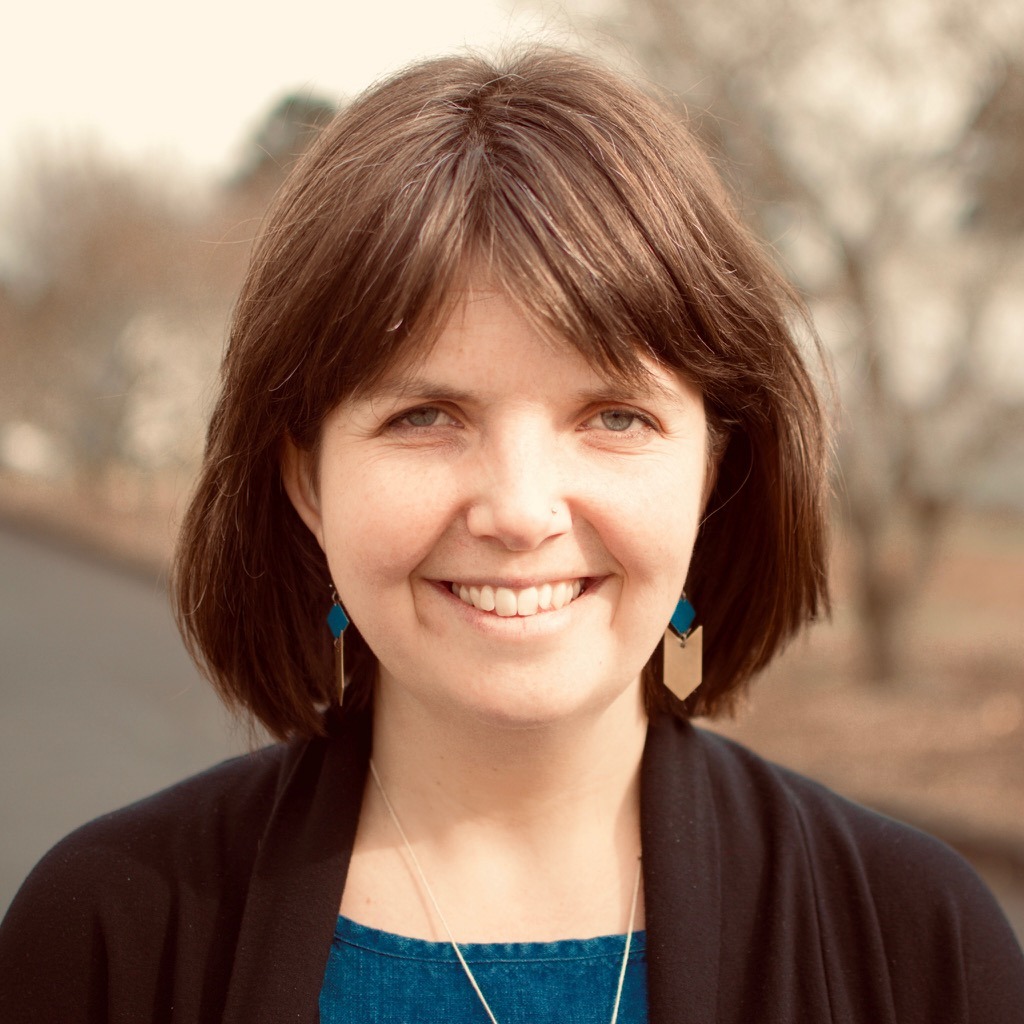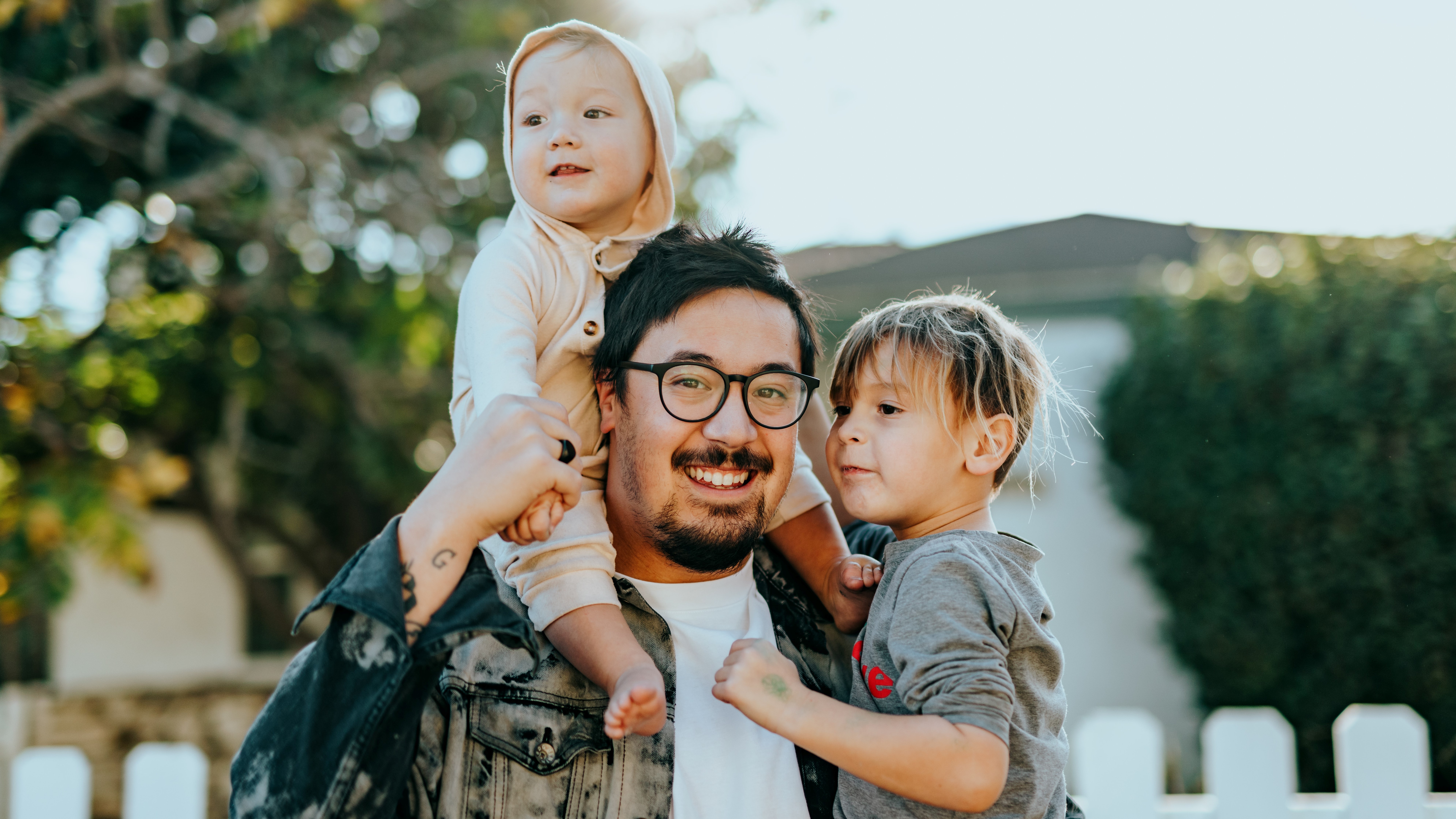
As a new Manager of Cities with Tamarack’s Cities Reducing Poverty team, I’m looking forward to joining the movement of dedicated leaders and practitioners across Canada and the United States that are engaging in meaningful, collective action to end poverty.
Prior to joining Tamarack, I facilitated community engagement and capacity-building efforts for poverty reduction and food security initiatives both in Canada and abroad. Aside from the obvious differences one might expect when working in different cultural contexts, I frequently found most communities have much more in common than what sets them apart. Whether working to eradicate poverty in rural Oregon or rural Zambia, the same questions would arise: How do we build trust and engage in silo-busting? How do we develop a common agenda and effectively collaborate across sectors? How do engage people with lived/living experience in a meaningful way?
Despite being in an increasingly interconnected world, we often get stuck in our own narratives and forget to look up from our work to see who else might be wrestling with similar challenges. One of the reasons I was so interested in working with Tamarack was the opportunity to explore these types of questions on a national scale through collective learning platforms. The opportunity to connect with others doing similar work, to innovate and test new approaches, and to share best practices is truly what makes the Cities Reducing Poverty movement so promising.
Your collective efforts seem to be working. Results from the 2018 Canadian Income Survey were just released, showing that poverty is continuing a downward trend across the country. The fact that 1 million Canadians have been lifted out of poverty since 2015 is certainly something to celebrate!
Yet, the government’s efforts on poverty reduction continue to fall short when it comes to Indigenous communities. A 2019 study conducted by the Canadian Centre for Policy Alternatives found that Indigenous children in Canada are more than twice as likely to live in poverty as non-Indigenous children.
The hashtag #reconciliationisdead has been trending on social media in recent weeks in response to the Wet’suwet’en crisis. Regardless of where one stands on the pipeline issue, the debate has brought the topic of reconciliation and Canada’s relationship with Indigenous peoples back into the national spotlight. To demonstrate that Canada is truly on the path to reconciliation, the federal government will need to make headway on its commitment through Opportunity for All to co-develop measurements and indicators that reflect the multiple dimensions of poverty and well-being experienced in First Nations, Inuit and Metis communities.
I look forward to meeting many of you in person at our End of Poverty gathering in October, but feel free to reach out before then any time you’d like to connect: Christine@tamarackcommunity.ca
Take Your Learning Further:
- Read more about the results from the 2018 Canadian Income Survey
- Watch the webinar Introduction to Reconciliation
- Read more about Christine’s background in her bio.





